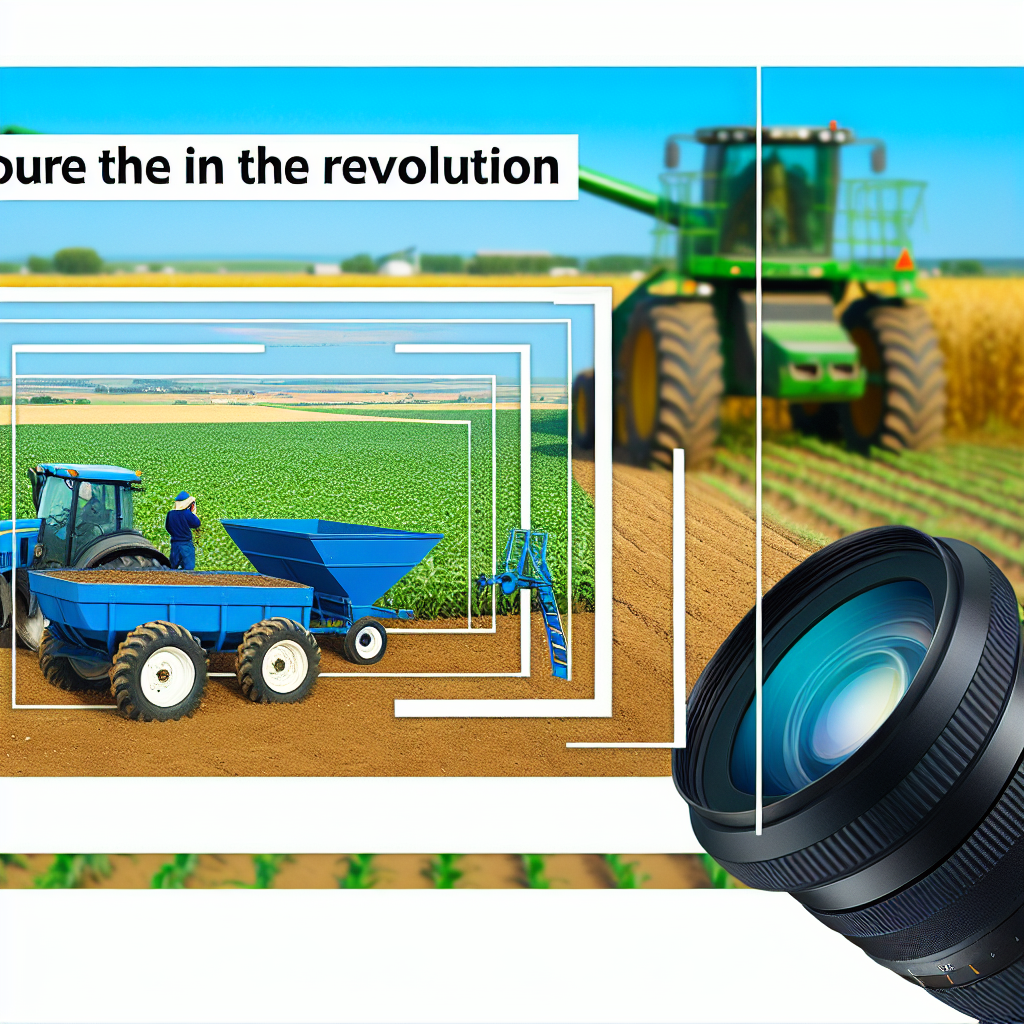The inauguration of the **Land Information Management System (LIMS)** marks a significant milestone in advancing agricultural development. This advanced system is designed to revolutionize land data management, improve transparency, and boost productivity for farmers and stakeholders alike. In this article, we explore the key features and benefits of LIMS and its impact on the agricultural sector.
Transforming Agriculture through Digital Land Management
The launch of the Land Information Management System represents a transformative step towards **digitalizing land records**, making them more accessible, transparent, and secure. Traditional land record-keeping often faced issues such as duplication, corruption, and difficulty in updating data, which hindered effective land use planning and agricultural productivity. LIMS addresses these challenges by providing a centralized database that accurately captures land details, ownership, and usage patterns.
Leveraging modern GIS (Geographic Information System) technology, LIMS enables detailed mapping and spatial analysis of farmland. Farmers, government officials, and developers can now access real-time data, leading to more informed decision-making, better resource allocation, and efficient land management practices. This not only promotes rural empowerment but also fosters transparency in land transactions, reducing disputes and illegal practices.
Benefits and Future Implications for Agriculture
The implementation of LIMS offers numerous benefits that can drive the growth of the agricultural sector:
- Enhanced Land Efficiency: Accurate land data helps optimize land utilization, crop planning, and irrigation management, directly increasing productivity.
- Improved Policy Making: Reliable data allows policymakers to craft targeted interventions, subsidies, and support programs tailored to specific regions or land types.
- Farmer Empowerment: With access to precise land information, farmers can make better decisions regarding cultivation and investments, reducing risks and improving yields.
- Legal and Administrative Benefits: A transparent land registry system minimizes land disputes, fosters trust, and simplifies transactions such as buying, selling, or leasing land.
Looking ahead, integrating LIMS with other digital platforms like weather forecasting, market data, and farm management systems promises to further revolutionize agriculture. Such comprehensive connectivity will enable smarter farming practices, sustainability, and resilience against climate change challenges.
Conclusion
The inauguration of the Land Information Management System signifies a major stride toward modernizing agriculture through technological innovation. By providing accurate land data, fostering transparency, and empowering farmers, LIMS sets the foundation for increased productivity and sustainable rural growth. As this system evolves and integrates with other digital tools, it holds the potential to significantly transform the future of agriculture for farmers, policymakers, and stakeholders alike.
